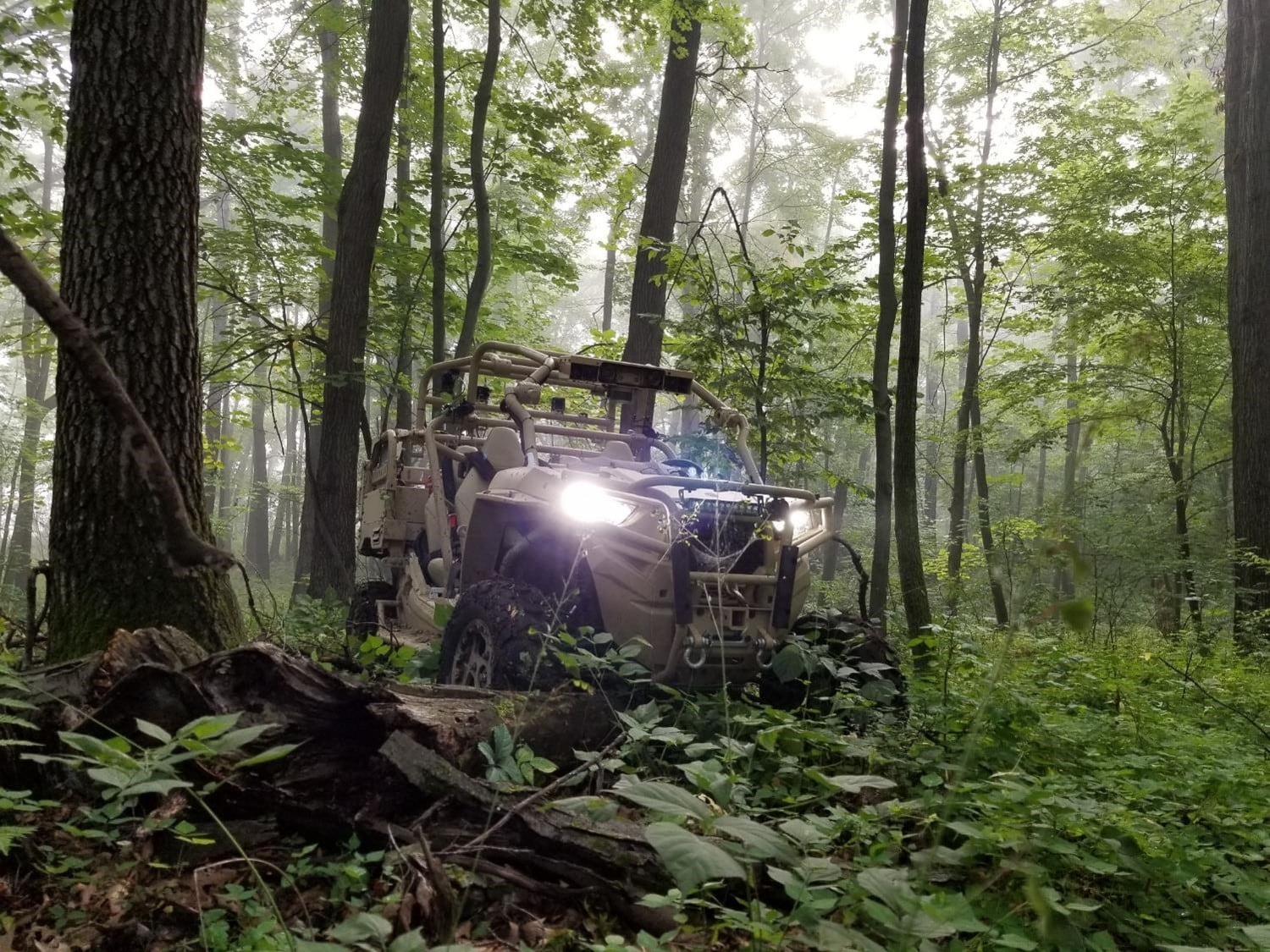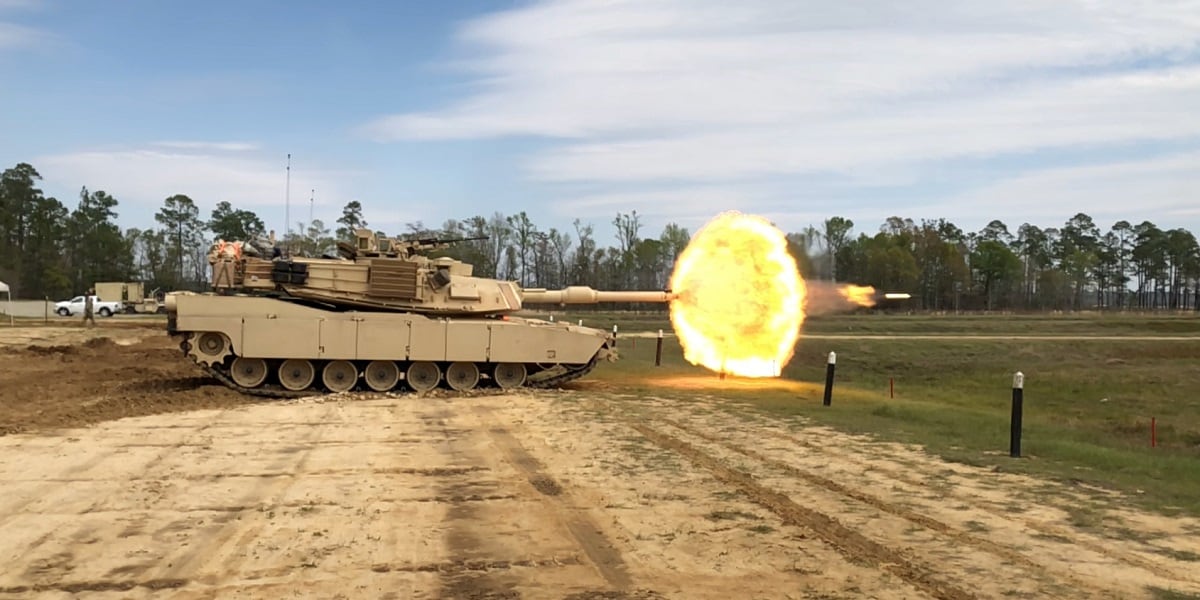While every effort has been made to lighten the combat load on the infantryman, one Army captain has floated the idea of a return to the ancient and medieval structures of light and heavy infantry to meet the variety of modern battlefield needs.
And the balance between protection and mobility in something as intimate as body armor can provide a window into large considerations for how the modern Army might have to fight.
Capt. Matthew Allgeyer, assistant plans officer for 1st Battalion, 16th Infantry Regiment, 1st Armored Brigade Combat Team, 1st Infantry Division, laid out his plan in Infantry Magazine this past year.
Modern ballistic body armor, such as ceramic plates, have provided unprecedented levels of protection for troops, but they also have weighed down soldiers and Marines in ways that can cause exponential problems, not only for physical injuries and mental strain but also for battlefield mobility, Allgeyer writes.
The current Personal Protective Equipment Posture program looks to build flexibility into body armor by allowing for modular configurations, from no body armor to heavily armored.
He argues that method limits how light and heavy infantry can be employed.
The thought of a “heavy infantry” might lead to thoughts of infantry soldiers bunched up in armored vehicles. But, Allgeyer notes, in that case the soldiers are merely acting like light infantry once they leave the vehicle.
“Heavy infantrymen would be something new on the battlefield; they would look and operate differently from any other gunpowder-era soldier,” he writes.
For one, the heavy infantry of today’s primary weapon on the battlefield to be effective against near-peer threats would be missiles.
The armored knights of centuries ago brought protection and weaponry to bear, but often with the use of equipment loaded on carts or animals and often only suiting up fully when battle commenced.
There are elements of this already at work in experiments being conducted by soldiers with the 10th Mountain Division, the 101st Airborne Division and a Marine Corps unit at Camp Lejeune, North Carolina, over the next year.
That program is putting four prototypes of a Squad Mobility Equipment Transport robot vehicle into the tactical formation to carry enough gear for a nine-soldier squad — nine rucks, two fuel jugs, two water jugs and three days’ worth of Meals Ready to Eat — as well as carry batteries and charge them while on mission.
It must carry 1,000 pounds, travel 60 miles in 72 hours, and charge up at a 3-kilowatt rate while stationary and a 1-kilowatt rate while moving.
So, the gear mule will be a high-tech version of actual beasts of burden that past warriors used.

Army and Marine Corps leaders also are doing experiments in the realm of heavy infantry, such as the recently downselected prototypes for a light tank, known as the Mobile Protected Firepower program, in the Army.
The Army picked two companies, General Dynamics Land Systems and BAE Systems, to provide 12 prototypes each of the armored, cannon-toting, tracked vehicle to support infantry formations in fights with near-peers such as Russia or China.
The final product will carry a 105mm to 120mm cannon and a tracked vehicle that can withstand a classified level of enemy fire. At least two of the vehicles should be able to fit into the back of a C-17 aircraft.
The idea behind building a heavy infantry would be to create formations capable of slugging it out with similarly armed opponents but also engaging light infantry units to provide mobility, Allgeyer said.
An example would be urban fighting tactics that pair dismounted troops or light vehicles with tanks — the two complement each other in the fight, moving to hit weak points with speed but having the firepower to take out barricades and obstacles.
“The heavy infantry will give us the ability to bring shock and heavier direct firepower to restrictive terrain that the military is lacking today,” Allgeyer writes. “When the approach march exceeds a few kilometers, the heavy infantry will need lighter, more mobile soldiers to shape the battle and provide flank security for them.”
Allgeyer points out that Army materiel has been focused on a unified infantry concept. That doesn’t allow for configuring equipment such as body armor in the formations for both light and heavy versions.
“The heavy infantry will accept greater time exposed to enemy contact. This is a primary function for them — the ability to maneuver while under small arms fire. Therefore, further protecting them from small arms is essential,” he writes.
“Focusing on splitting the infantry between heavy and light would allow development and acquisition organizations to focus on better designed and refined armor,” Allgeyer writes. “Light armor that is designed to meet the mobility tasks of the light infantry will be better suited for these tasks than armor that has to make compromises between both.”
RELATED

Currently, a solution for bringing heavy infantry to the fight is the Bradley Fighting Vehicle, he notes. It gives heavy infantry transport to the fight that they couldn’t do dismounted or with sufficient protection in lighter vehicles.
But the vehicle is limited because not the same number of heavily equipped infantrymen will be able to fit in the Bradley. And, ideally, a purpose-built vehicle for heavy infantry would also give protection from anti-tank and other heavy weapons systems.
Heavy infantry can solve many urban combat problems, he said. That’s in part because mounted armor units have serious mobility problems in “urban canyons.”
Those same armor units are vulnerable to dismounted, anti-tank ambushes.
Allgeyer, an armor officer, points out his interest in heavy infantry is a way to better use both light and heavy infantry and take advantage of armor’s capabilities.
“Infantrymen are asked to leave the protection of the armored platform to dismount into this environment with nothing more than a SAPI plate and an M4 rifle. To prevent this from being an automatic death sentence, the mounted force is highly constrained in how it goes about dismounting infantry or bringing infantry into an engagement at all,” he wrote.
The heavy infantry won’t successfully fight dismounted against armored formations, “but its survivability in such an environment will allow for greater freedom in employment.”
Todd South has written about crime, courts, government and the military for multiple publications since 2004 and was named a 2014 Pulitzer finalist for a co-written project on witness intimidation. Todd is a Marine veteran of the Iraq War.





